Introduction of the Continuous Marginal Minute Figures on American Watch Dials – The “Montgomery Dial”
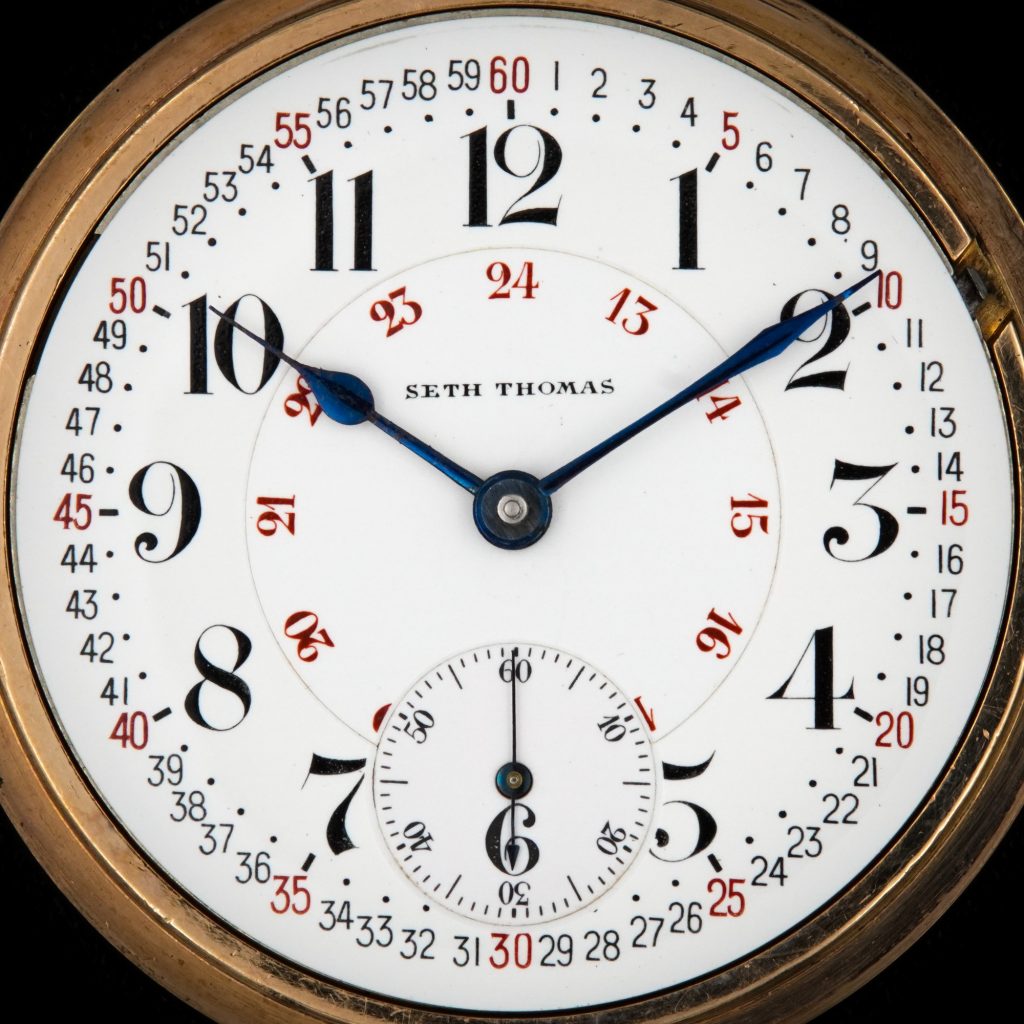
As the five-minute marginal figures became popular on American watch dials in the 1890s, railroad time inspector Henry S. Montgomery recognized an opportunity to create a dial featuring a continuous marginal minute track. His design was characterized by a red and black marginal track around the perimeter of the dial representing each of the sixty minutes in an hour.
The description of Montgomery’s dial design was first reported in November 1899, and the Santa Fe Railroad system immediately adopted the design to use on their standard clocks.
By 1906, the dial had been introduced on watches within the Atchison, Topeka and Santa Fe Railroad system and was endorsed as the company’s “standard dial.”
After the dial received a satisfactory reputation within his own railroad system, Montgomery introduced his design to the broader watch market in February 1910 as the “Safety Numerical Dial.” Within a few years, the industrious inspector had arranged royalty deals with most of the American watch companies to offer his dial as an option for railroad watches.
Despite indications that Montgomery had patented his design, no patent was ever issued for the dial.
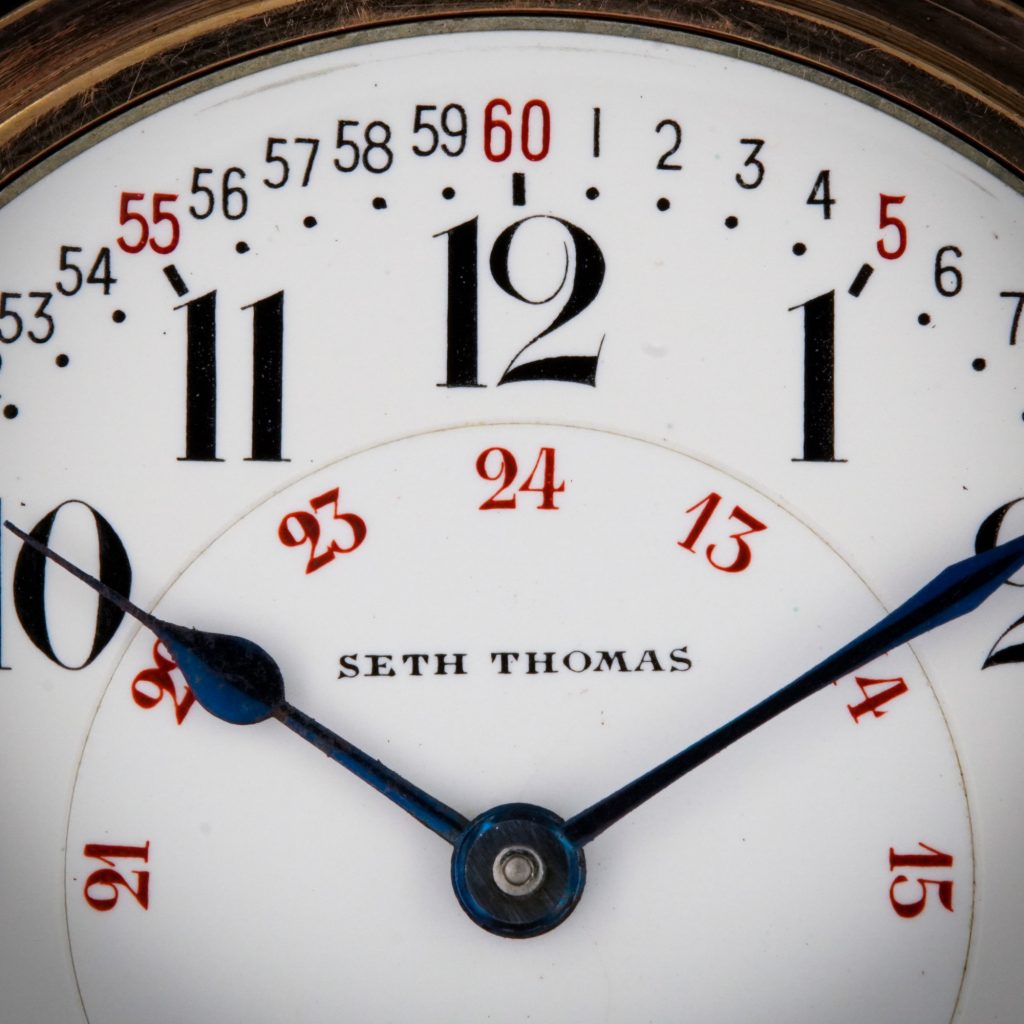

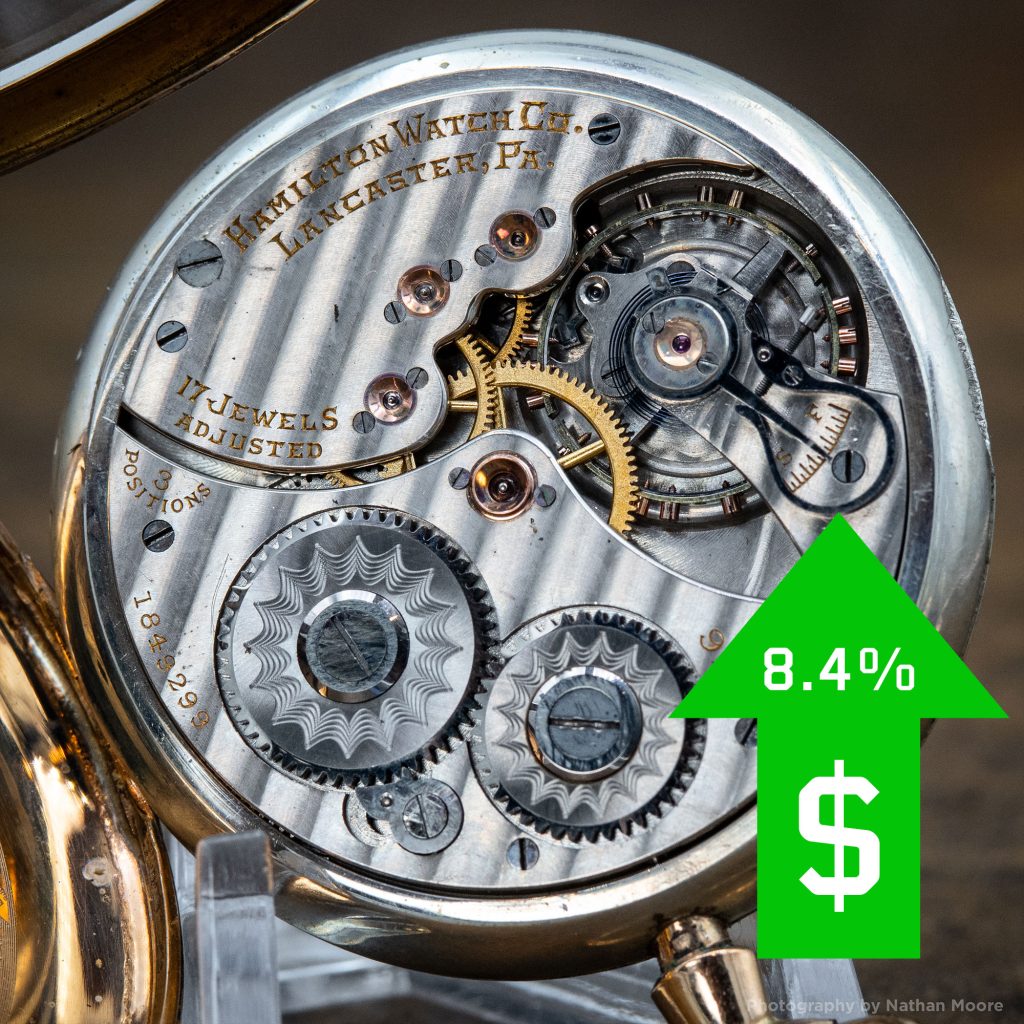
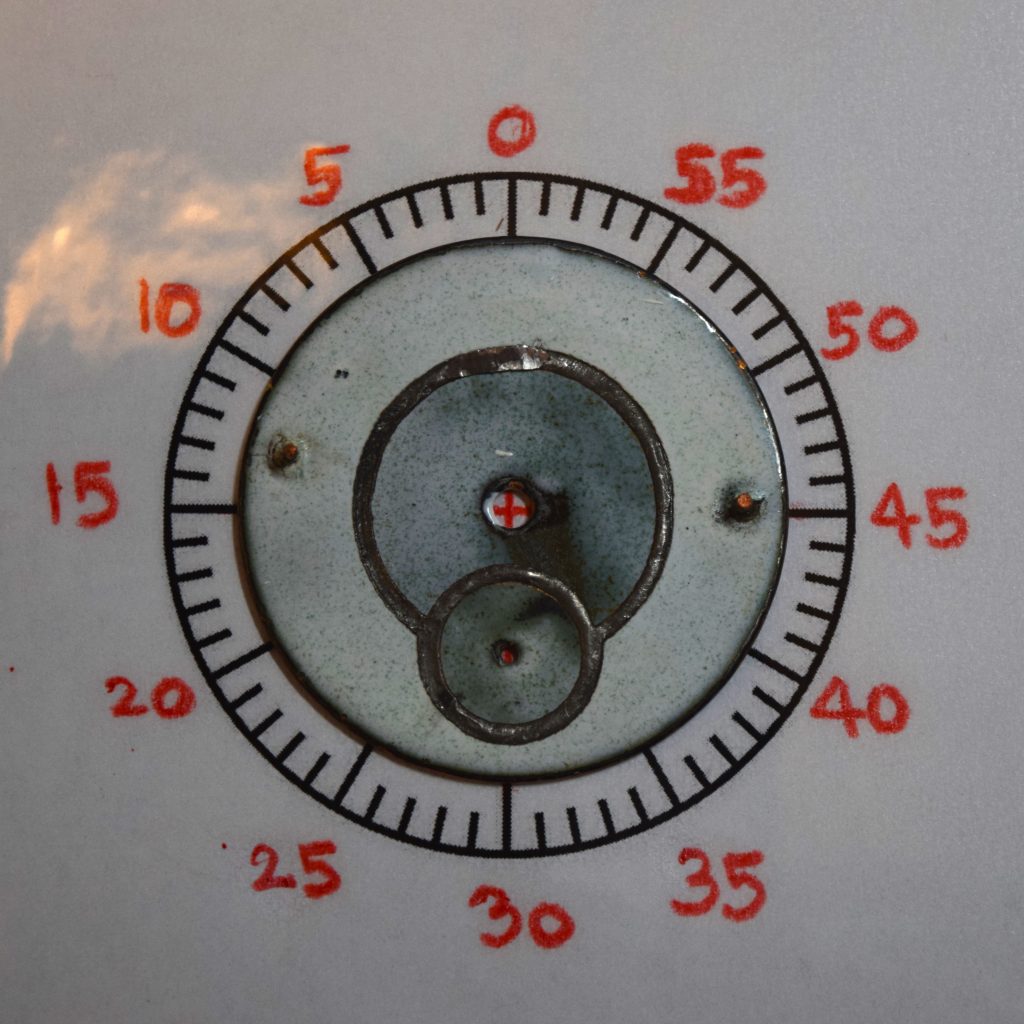
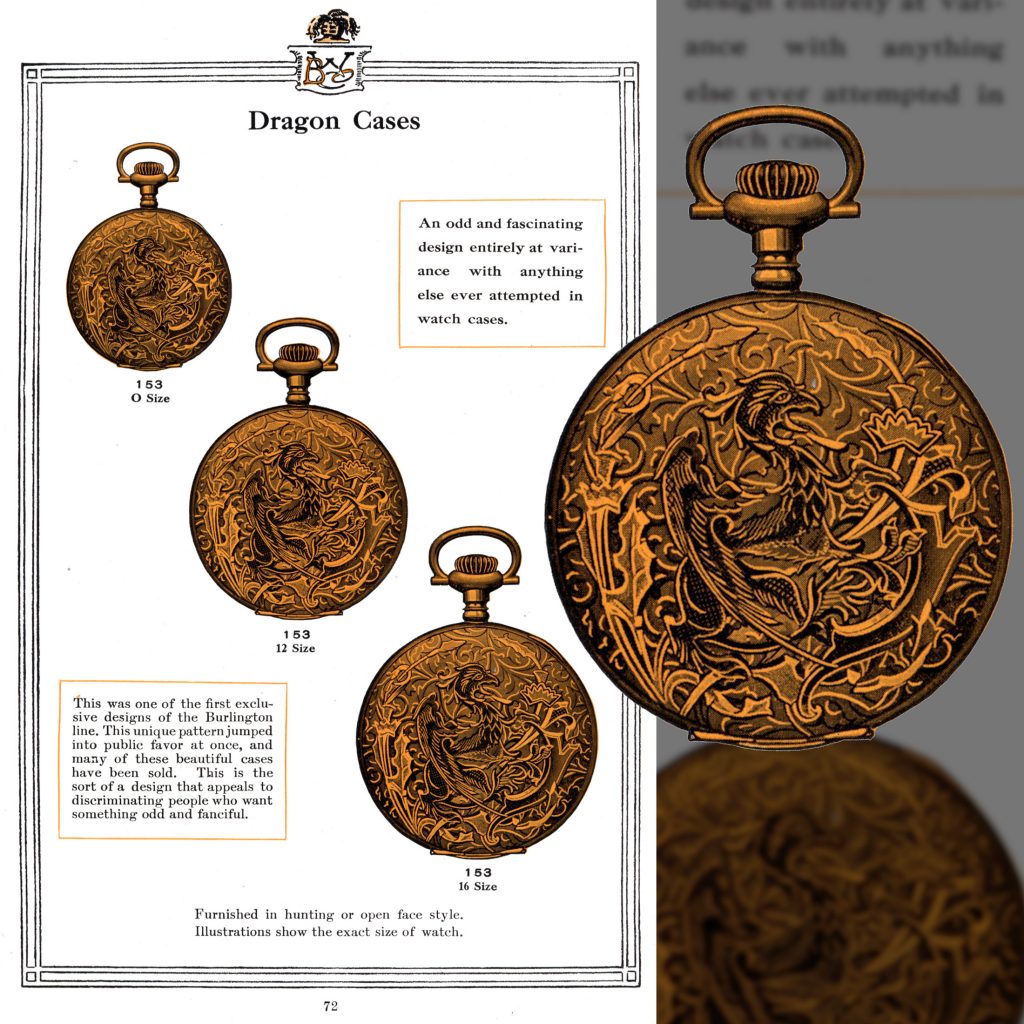
G’Day, I read with great interest Your take on the Montgomery Dial / Marginal Minute Dial.
I too have read a fair bit of conflicting information on these dials.
However my understanding is that the Montgomery dial is……..well………..a Montgomery Dial. Whereas the “marginal minute dial”, which amongst other minor differences, does not include the number 6 on the dial in the 6:00 o’clock position, and was a way for the watch companies to avoid paying royalties to the Montgomery interest.
Perhaps You understood this as well, or are You indicating these dials are one in the same and are “all” Montgomery dials.
Thanks for Your time and attention and anticipated response,,,,,,,,,,,,,,Joe Connors………..
Thanks for the comment, Joe. All “Montgomery Dials” are marginal minute dials but not all marginal minute dials are “Montgomery Dials.” Marginal minute is more of a broader term and applies to any dial that features the minute figures around the perimeter of the dial. Montgomery considered all dials that features “upright minute figures” as a true “Montgomery Dial” (regardless of the “6” being present or not) [See this article with the advertisement that confirms this: https://blog.pocketwatchdatabase.com/2021/04/16/montgomery-dials-is-the-6-hour-figure-a-required-feature-no/]. In fact, the advertisement also emphasizes that “the minutes are the important factors.” The myth that the dial must feature a “6” was spread from an old employee’s account published in the 1976 issue of the NAWCC Bulletin. However, this employee did not begin working for Montgomery until two decades after the dial was first introduced and other parts of her account have been found to be erroneous. With the exception of her account, no evidence has been found that supports that the removal of the “6” was an attempt to subvert royalty payments. A more reasonable explanation is that factories eventually realized that they could use standard seconds bits instead of a custom seconds bit with a “6” to save on time and money. These were still generally known as “Montgomery Dials” in the trade.
I have some 16s Howard watches where the marginal minutes aren’t upright, they are aligned towards the center of the dial. Are these also considered Montgomery or was this a way to avoid the royalty fees?
Great question. No, these would simply be considered “Marginal Minute” dials. To my knowledge, this was simply a design choice and not intended to circumvent any royalty payments to Montgomery.
Great article, very informative! Montgomery…the sneaky little devil! Collecting royalties from the watch companies without having a patent! Interesting that nobody bothered to check this. I wonder how much he profited from this.